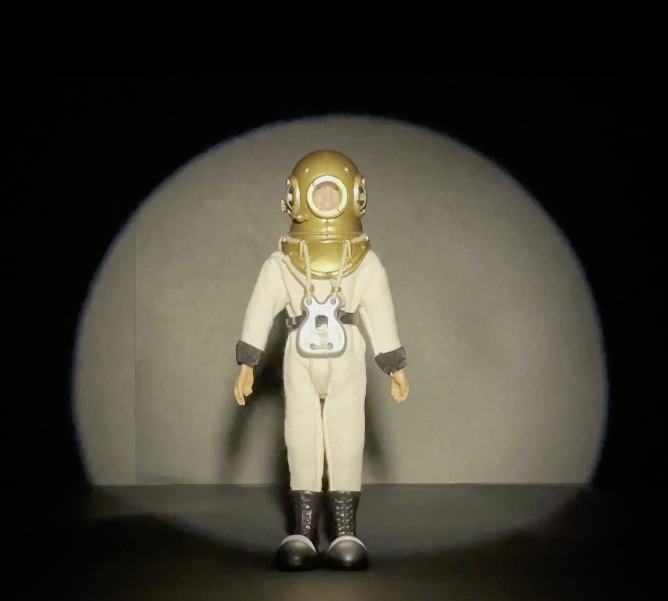The best lighting
Properties of Light
Light can be hard or it can be soft.
Hard light
Hard light is achieved by means of concentrating lenses that focus the light beam.
As advantages we observe that its outline is well defined and more controllable. We can illuminate exactly what we want without staining what we do not want to illuminate.
Among its disadvantages we can point out that it produces very strong shadows and reflections that can cause discomfort to the viewer. It produces very strong shadows and reflections and the contrast is very strong.
Soft light
Soft light is obtained with diffuser filters, lamps without lenses or indirect light.
It is also very interesting as a filler because its contour is not defined and this allows us to illuminate spaces or objects in a soft way.
Among its disadvantages is the fact that it is not an easy light to control and we can stain with light areas that we do not want to be seen, such as screens or something we want to keep out of the viewer’s sight.
Color temperature
When we talk about white light we divide it by its color temperature, it can be cooler, tending to blue, or warmer, tending to red.
Warm light
It is a light that generates a cozy, intimate or theatrical atmosphere. It is reminiscent of candlelight, fire. It is measured in degrees kelvin, generally 3200°
We will use it to illuminate, for example, dinners, cocktails…
Cold light
5600° Kelvin, the temperature of sunlight.
It is brighter and we will use it for product lighting, for illumination of congress stages, press conferences, photocall…
It reminds us of the sunlight of the stars. We can use it to highlight products and to illuminate stages.
Nowadays LED screens or projection have a cold light base, so it is more coherent with this type of light.
CMYK / RGB light
Colored light is also used to generate ambiance.
Position of spotlights
Objects and people can be positioned according to the position of the viewer.
Front
Ideal for illuminating 2D objects. In the case of 3D objects it will flatten them, but we can solve this by placing the spotlight from the side to give relief. We will have half of the person or object in shadow, for this we will place another spotlight just in front of the other.
It is the simplest way to illuminate something is suitable to illuminate things of two dimensions
such as pictures, posters, etc. but it flattens the image in the case of 3D objects or people.

Contra
It serves to outline the figure. It is a light that separates us from the background that separates the object or person illuminated from the background and outlines its silhouette.

Contra summed two headlights
This is the canonical way to illuminate a speaker.

Zenital
That which comes from above, serves to individualize the illuminated object.
It achieves an effect of individualization of the illuminated object and gives it importance within the environment. Useful, for example, to illuminate a product.
Nadir
We place the spotlights from the floor upwards.
It is perfect to illuminating an architectural space. It accentuates the reliefs and produces a dramatic effect on people.

Lateral
Generates reliefs, accentuates nuances and enriches the image.
Sometimes it may be necessary to double the spotlights at 90° to avoid shadows on one side of the face.
